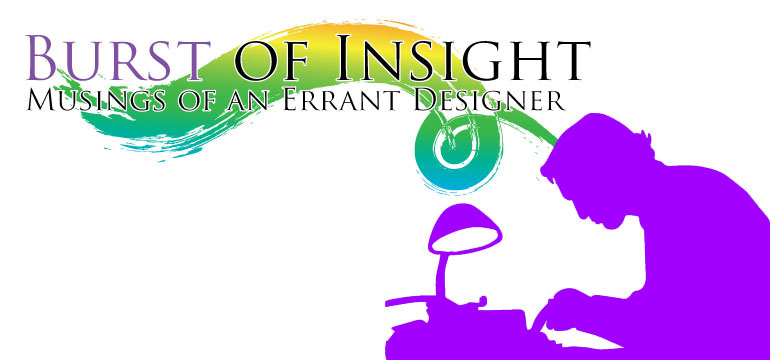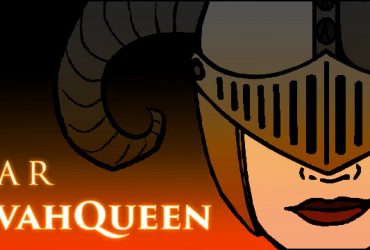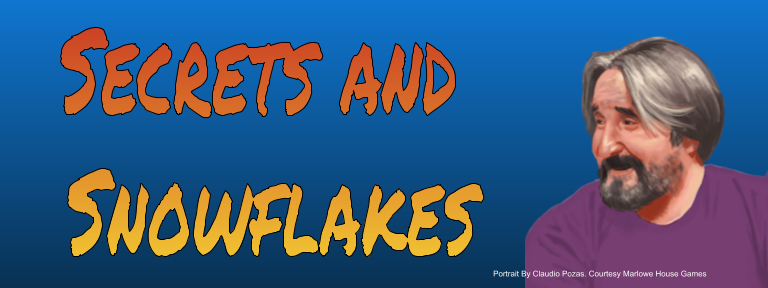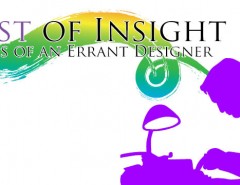As promised in this week’s Burst of Insight we return to The Maze and look at elves and dwarves. Think of this as an example of how you might look at the existing races and make them fit your world. As I posted when I first introduced the idea of The Maze, I like the idea that elves and dwarves share a common heritage and that at one time dwarves might have been called dark elves. By extension, the surface elves were probably called bright elves.
Elves
In the setting of The Maze, bright elves from the ages prior to the existence of the Maze would have been quite familiar. Noble scholars living in harmony with nature. Their tree cities teeming with life and magic. The elves revered the creator and treasured their ancestors who through the blessings of magic could instead of dying could have their soul bound with the spirit of a tree in a sacred ritual.
The tree bonding ritual is my version of “sailing into the West.” The elf’s soul would be preserved virtually immortal in the tree but physically gone from the world. I imagine elven legend holds that the souls of these ancient elves whispered wisdom when the wind blew through their branches and a patient elf with the will to listen would have learned much in those forests.
Today, the forests are gone but they are remembered in small groves often kept on the tops of the wide walls of the Maze. Tiny sacred groves of flowering fruit trees being the most common remembrances of the old forests.
Mechanically, I see little reason to tamper much with elves. Or at least I didn’t. A couple of blog posts back [insert link] I talked about magic and the two PCs who would wield it. One was an elven mystic I’ve since named Asuriel. She is slated to fill an advisor role to Venn the halfling leader of the PCs’ band of outlaws. The wise magician advisor is a pretty familiar trope. Ditto elven advisor. While I don’t mind a few touchstones to classic fantasy I was considering how to differentiate Asuriel. At the same time Owen K.C. Stephens made an excellent post about young “Spring Elves” which got me to thinking, what if Asuriel is a young elf not yet an adult? A runaway or an orphan. I like the idea—a lot and I’m fairly certain I’ll use rules at least similar to those Owen presented in his blog and pad those out with options from Childhood Adventures (a book from Everyman Gaming I had the good fortune to work on).
Thinking about spring elves and the forlorn elves of Golarion I started to think what would an exposed elven society look like to humans, halflings, and other short-lived races? In the prior world and heck, most fantasy elves live in isolation. People rarely see how long it takes elves to mature they only see the end result. And how would it feel to grow up an elf and have childhood friends who are the children of the childhood friends you had just a few decades ago? How does all that work? Honestly, I still don’t have a definitive answer but I’m working on some theories and I think I know how it will affect Asuriel at least.
Dwarves
The dark elves of the old world were once like the bright elves but they moved below the surface to live in caves. Like the bright elves they tried to live in harmony with the earth but the stone is stingy compared to trees. It is hard, unyielding, and nonrenewable. The dark elves toiled and worked to subdue their surroundings, at first they sought to balance what they took and what the earth had to offer but eventually, the dark elves were beset by greed and the spiritual need for balance waned.
Now, if you’ve been reading this series from the beginning you might remember I made an offhand remark about wanting to tie the pantheon of gods to metals. I’m still on board with this idea and I think it might even be some sort of divine interference that corrupted the dark-elves with the infamous dwarven greed.
Mechanically, Like the elves above, there is isn’t any reason to change dwarves much either. Although I’m not sure giants would be such a threat below ground that dwarves would receive special training to fight them, so I might change Defensive Training to dragons instead of giants. But now that I’ve typed all that and thought about it, I find the idea of deep vault dwelling stone giants is strangely appealing. I’ll have to consider this seriously before I make a final decision.
Appearances
Dwarves and elves and elves are rarely described in a way that would make you think they could be cousin races. So I’ve been toying with how one might address that with this design. First of all, despite the monikers Bight and dark (which refer to whether they live in the sun or below ground), neither race comes in a single skin tone. Bright elves can have ebony brown to pearl white skin tones. Likewise, dwarves have much the same range of variations.
In this version, both elves and dwarves share a few qualities not always present in both races. Both have pointed ears for example but the elven ears tend to be longer and more pronounced. Both races can grow facial hair and have similar traditions regarding hair length. Short to mid length hair is fine for young elves and dwarves but growing it long is a sign of age and wisdom. Growing out your hair whether you are male or female before having reached at least late middle age tends to be frowned upon. There are societal norms that say growing it out too soon is a sign of presumptive arrogance. Likewise with beards on the men. Elven tradition on beards is that one goes clean shaven until at least early middle age but even then the beard is kept short until the elf would start growing out his hair. Dwarves tend to grow beards from the moment their facial hair begins to grow in but again the beards are kept short until later in life.
On Inclusion
If a player wants to play a character that reflects their heritage I think the setting should allow for that.
In the world of the Maze the ethnic variations I mentioned above and those of the other mortal races evolved regionally much as they had on earth. But because the time prior to the Maze was an age of high magic distance was a trivial concern. Teleportation and flying magic lead most nations towards a far more cosmopolitan world view than we normally experience. As such, in the current timeframe of the campaign towns and villages are very diverse both in ethnicities you might find represented but you’ll also frequently find halflings, orcs, elves, and humans living in the same villages.
With only a few minotaur led trade caravans connecting these towns. The people rarely have contact with another village and some cultural traditions will vary greatly from town to town possibly even violating the sorts of societal norms I described above when talking about elven and dwarven hair length.
Conclusion
As it turns out, I really didn’t have to adjust the rules for these two races at all really to change them enough to truly fit into my view of this campaign. Sure I may build the PC elf using Owen’s rules for young elves but that becomes an exception rather than the rule. Most NPC elves will be more traditional. And even if I make the few alterations to the dwarf abilities I mentioned the things that make these races stand out is the flavor text around the mechanical parts.
Frequently, that’s all it takes.





